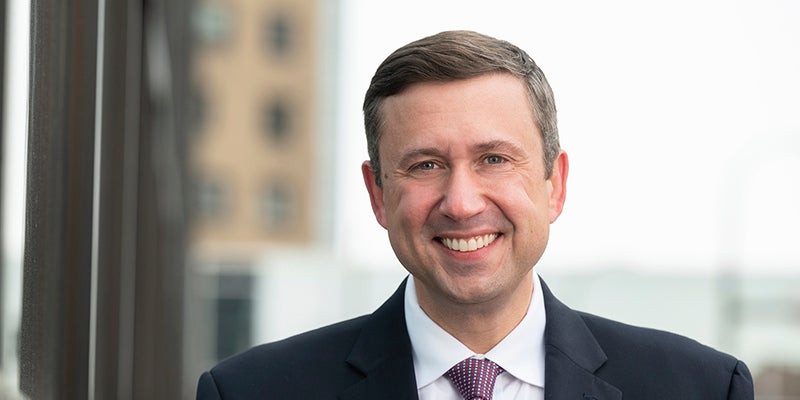Indian leaders share concerns about sacred sites
Published 11:26 am Tuesday, August 14, 2012
ALBUQUERQUE, N.M. (AP) — The Obama administration on Monday began reaching out to Native American political and spiritual leaders to address concerns over the protection of sacred sites on federal land.
Tribal leaders said they’re frustrated. Some feel consultation between the federal government and tribes has become just a formality despite promises by the administration to improve discussions.
About four dozen tribal leaders from New Mexico, Arizona and elsewhere packed a meeting room in Albuquerque for the first of a few listening sessions planned by the U.S. Interior Department.
Pointing to the importance of sacred sites to religious and cultural practices, the department is aiming to develop some kind of uniform policy for addressing the protection of such sites. That could mean a consultation policy specific to sacred sites or changes in law that would allow for greater protections, officials said.
Representatives of the Quechan Tribe of the Fort Yuma Indian Reservation complained Monday about renewable energy projects on federal land being fast-tracked by the administration without adequate review of potential effects on sacred sites.
Mandatory consultation meetings have not resulted in any protections and the tribe feels it is being “stonewalled” by high-level federal officials, said John Bathke, the tribe’s historic preservation officer.
“These projects, they’re going on with complete disregard to Indians. It’s like we don’t have any say,” Bathke said, explaining that siting of the projects is more about spirituality than land planning for many tribes.
“These renewable energy projects are part of a re-election campaign and we don’t want to see this administration get re-elected at the expense of sacred sites, at the expense of native culture.”
As part of gauging Indian Country’s concerns with current protections of sacred sites, the agency has asked tribes to comment on whether it should attempt to define the term “sacred site.”
Santa Ana Pueblo Gov. Ernest Lujan said that would be near impossible, especially considering future legal ramifications that could come from adopting a narrow definition.
“We’re not only looking at a hillside or rock feature,” he said. “We’re looking at water, we’re looking at land, we’re looking at plants.”
Dion Killsback, counselor to the assistant secretary of Indian Affairs, acknowledged that developing a policy for addressing sacred sites is made even more difficult given the secrecy surrounding many native religious and cultural practices.
Killsback said the goal is to find a way to “bridge the gap” by including tribal leaders at the outset of projects so some kind of balance can be worked out that respects tribal beliefs but allows for projects to move forward.
Meetings on sacred sites are also planned later this month in Montana, Minnesota and Connecticut.




